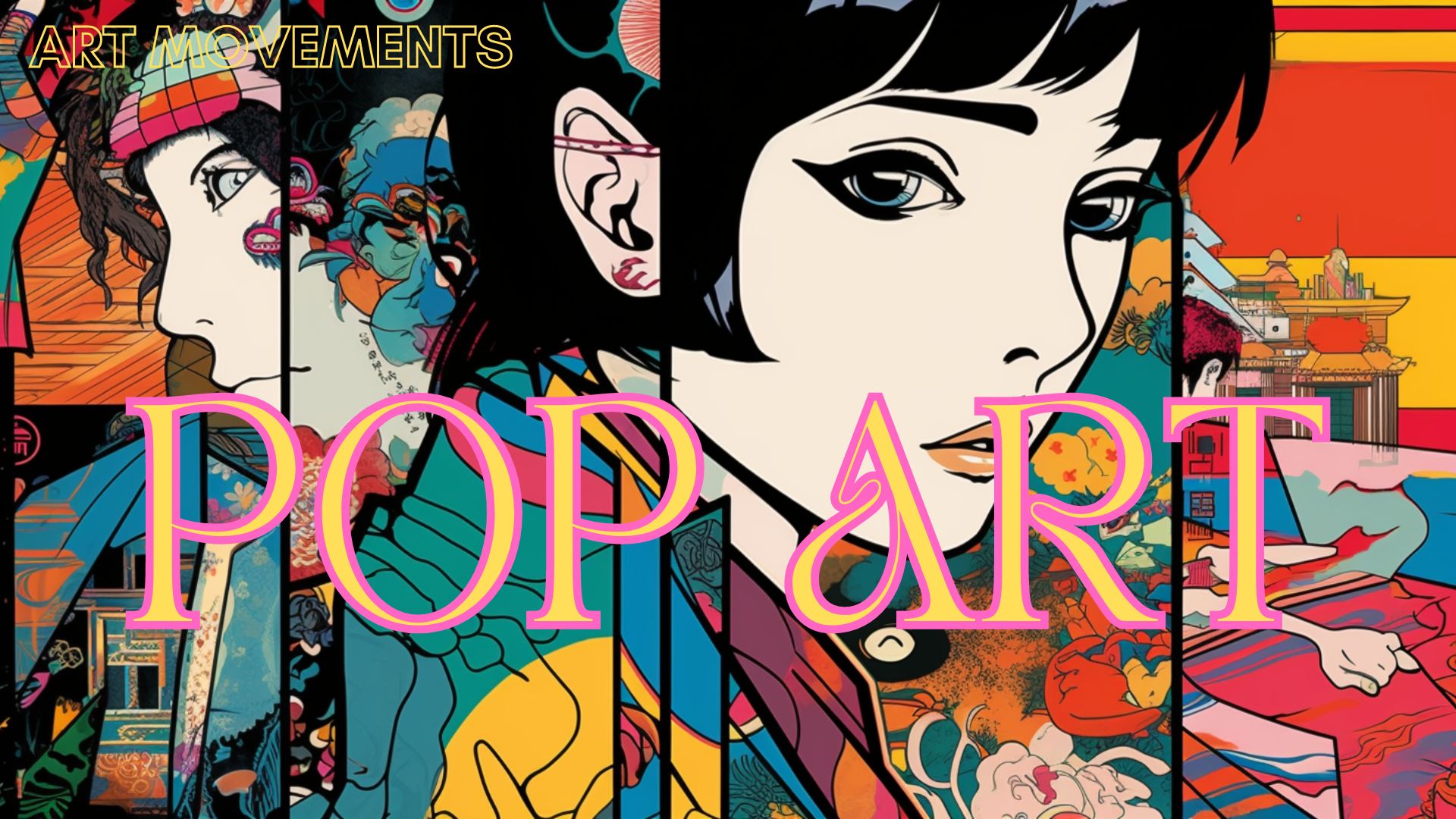With the term first appearing in Britain in the early 1950s, “Pop Art” refers to different artists’ interest in the images of mass media, advertising, comics and consumer products.
In many respects Pop Art was influenced by the consumer boom that followed the end of the World War II, and greatly coincided with the youth and pop music phenomenon of the 50s and 60s.
History of Pop Art
Pop Art played a large role in the fashionable “Swinging London” image and became a major innovative art movement of the twentieth century.
Acting as a reaction to abstract expressionism, Pop Art emphasised the kitschy elements of popular culture to downgrade the elitist art culture and the seriousness that surrounded it.
Pop Art marked a return to sharp paintwork and representational art, and glorified unappreciated objects and ordinary business. In doing so, the style aimed to make art more meaningful for everyday people and reach a broader audience.
Although Pop Art gained many supporters for the way it was easy to comprehend, many critics saw pop art as vulgar, sensational, and without merit.
Along with Minimalism, Pop Art is regarded to be the last modern art movement.
Andy Warhol & Pop Art in the United States
Pop Art made its way to the United States in the 1960s with the help of groundbreakers Jasper Johns and Robert Rauschenberg.
Roy Lichtenstein became a household name for the way he used stencil-like dots, thick lines, bold colours, and thought bubbles to represent the comic book style and used the grand scale of billboards to display his work.
Andy Warhol became the most famous American pop artist when he used a pseudo-industrial silkscreen process to paint such commercial objects as Campbell’s soup cans, Coca-cola bottles, and for portraying major celebrities like Liz Taylor, Jackie Kennedy, and Marilyn Monroe.
As Warhol and Lichtenstein brought together elements of sign painting, commercial art and literary imagery in their work, they became renowned for erasing the boundaries between popular and high culture.
Pop Art in Europe
While Pop Art found great success in America and England, it also played a large part in the Spanish art scene.
Associated with the “new figurative”, Eduardo Arroyo is considered to be a chief instigator of the Spanish Pop Art trend. His art reflects a keen interest in the environment and critiques media culture to show scorn for all established artistic styles.
However, despite Arroyo’s achievements, the Spanish artist Alfredo Alcain is considered to be the most authentically “Pop” artist for the way he makes use of popular images and empty spaces in his works.
The “Chronicle Team” was another Spanish movement whose art can be characterised as Pop. Established in Valencia between 1964 and 1981 by artists Monolo Valdes and Rafael Solbes, they commonly used comics and publicity images and simplified photographic compositions.
Pop Art in Asia
Pop Art became a popular art movement in Japan, where pop artists took inspiration from traditional art styles such as Anime and Ukiyo-e, and incorporated them into regular subjects.
Japan’s most well-known pop artist is Takashi Murakami, whose group of artists, Kaikai Kiki, is world renowned for their mass produced Superflat art movement.
This movement takes their inspiration from Anime and Japanese street culture and is mostly aimed at youth in Japan.
Like many Japanese pop artists, Kaikai Kiki use surreal or obscene images in their art which are taken from Japanese Hentai. These are used to shock audiences, catch their eye, or provoke thought.
Other Art Movements
- Abstract Expressionism
- Academic Art
- Arabesque
- Art Deco
- Art Nouveau
- Baroque
- Conceptual Art
- Cubism
- Expressionism
- Fauvism
- Figurative Art
- Futurism
- Gothic
- Impressionism
- Minimalism
- Modernism
- Naive Art
- Neoclassicism
- Pop Art
- Post-Impressionism
- Realism
- Renaissance
- Romanticism
- Surrealism / Surrealist Art
- Symbolism


Leave a Reply